
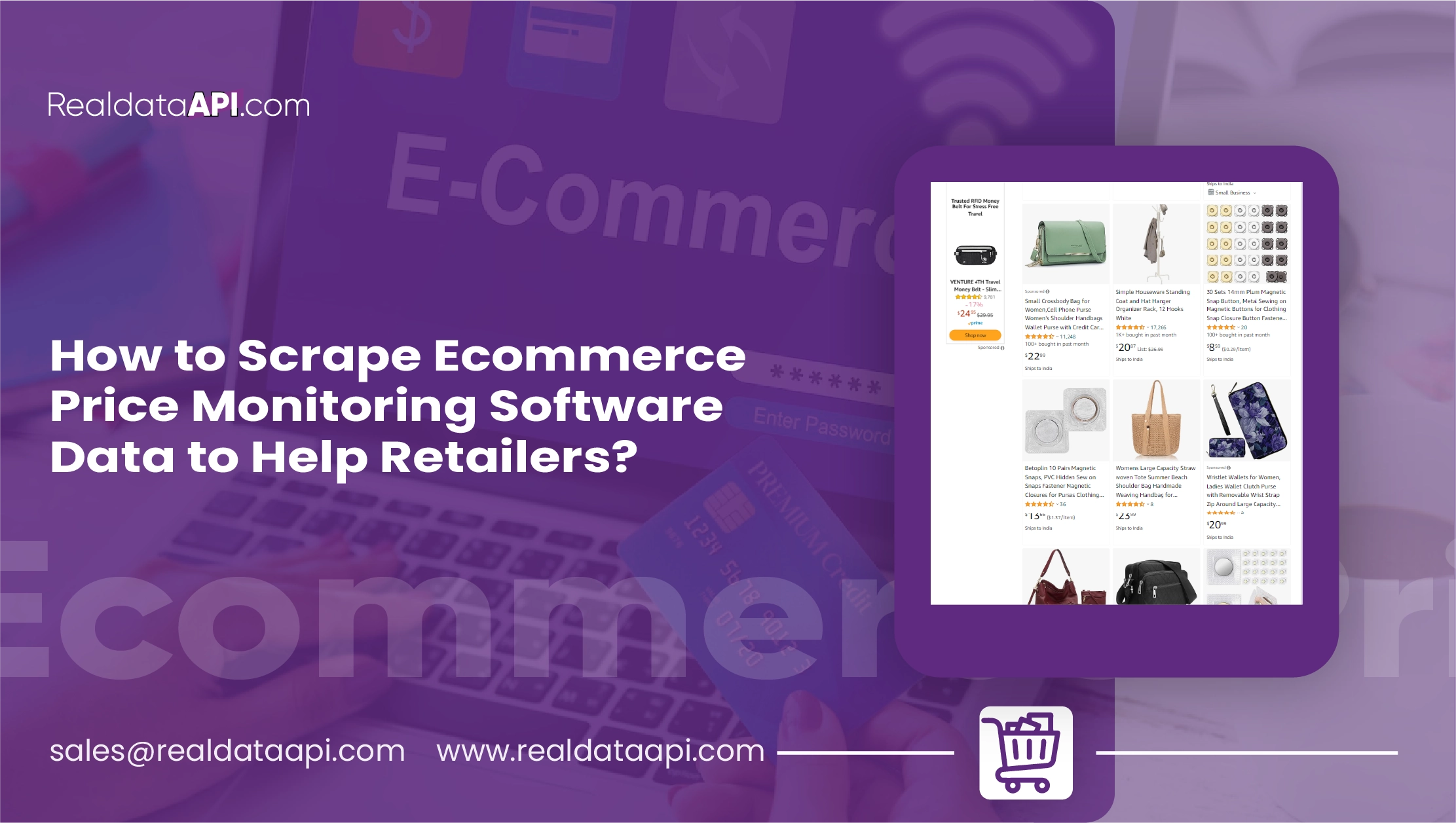
Introduction
In today’s fast-paced ecommerce environment, price competitiveness can make or break a retailer. Scraping ecommerce price monitoring software data allows retailers to gather real-time pricing information, monitor market trends, and adjust their pricing strategies accordingly. This blog will provide a comprehensive guide on how to effectively scrape ecommerce price monitoring software data.
Why Scrape Ecommerce Price Monitoring Software Data?
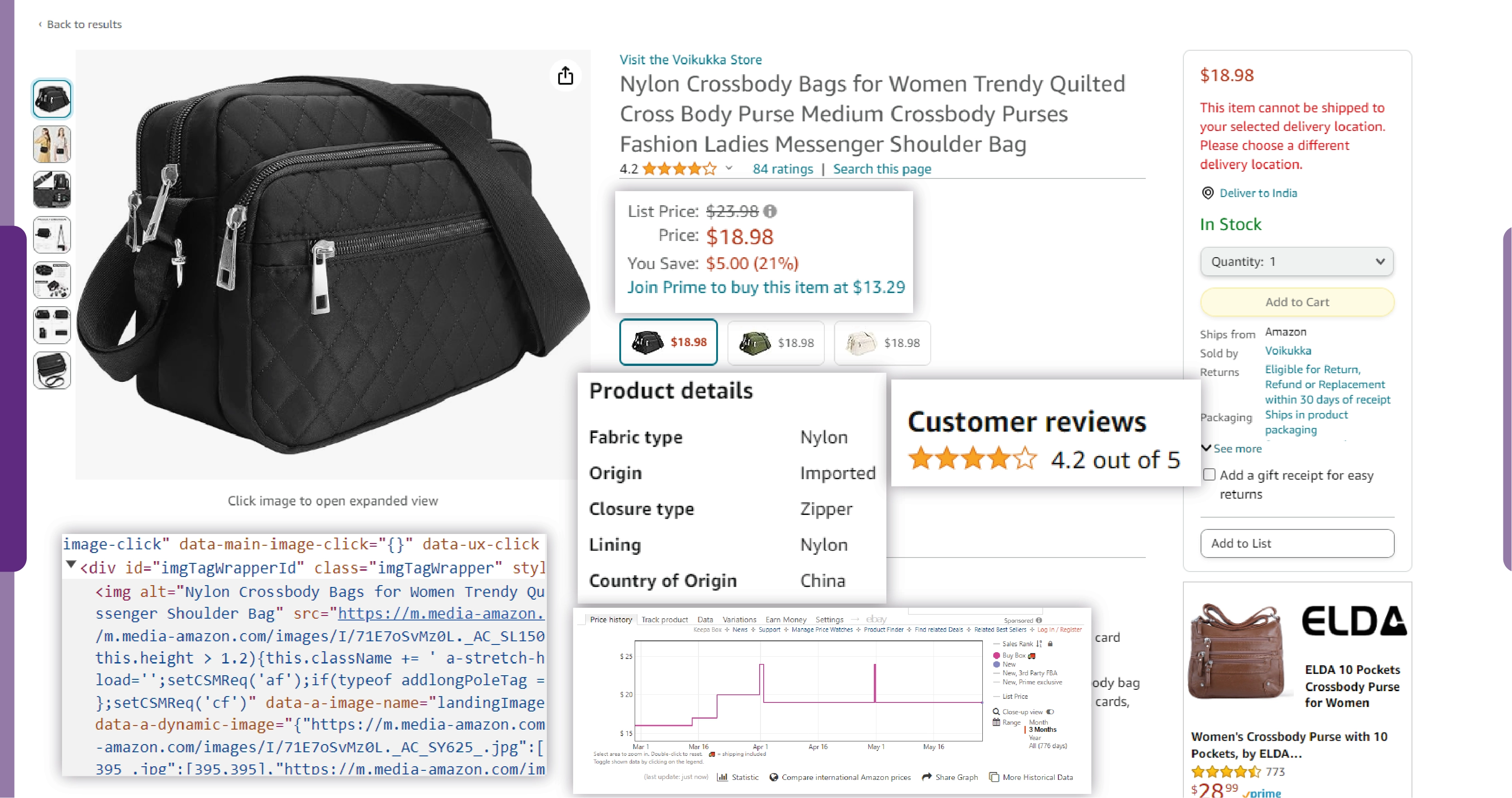
In the competitive landscape of ecommerce, staying ahead of market trends and competitor pricing is crucial for retailers. When you scrape ecommerce price monitoring software data, it provides invaluable insights that can drive strategic decisions and enhance business performance. Here are key reasons why scraping this data is essential:
Competitive Analysis
By scraping ecommerce price monitoring software data, retailers can gain a comprehensive understanding of their competitors' pricing strategies. This information helps in identifying pricing gaps and opportunities, allowing businesses to adjust their prices to remain competitive. Understanding how competitors price similar products can also aid in benchmarking and positioning your products more effectively.
Dynamic Pricing
Dynamic pricing is a strategy where prices are adjusted in real-time based on market demand, competitor prices, and other factors. Scraping ecommerce price monitoring software data enables retailers to implement dynamic pricing by providing up-to-date information on market conditions. This approach can lead to increased sales, optimized profit margins, and improved customer satisfaction.
Market Trend Analysis
Monitoring price trends over time helps retailers understand market dynamics and consumer behavior. Scraped data from ecommerce price monitoring software can reveal patterns such as seasonal pricing, discounts, and promotions. This insight is critical for inventory management, marketing strategies, and forecasting future sales.
Enhanced Customer Insights
Price is a major factor influencing consumer purchase decisions. By analyzing scraped data, retailers can gain insights into customer preferences and price sensitivity. This information can inform pricing strategies, promotional campaigns, and product offerings tailored to meet customer needs and expectations.
Improved Inventory Management
Effective pricing strategies directly impact inventory turnover. Scraping data from ecommerce price monitoring software allows retailers to align their inventory levels with market demand and pricing trends. This ensures that popular items are well-stocked while reducing the risk of overstocking less popular products.
To scrape ecommerce price monitoring software data empowers retailers with actionable insights to stay competitive, optimize pricing strategies, and make informed business decisions. By leveraging this data, retailers can enhance their market position, improve profitability, and better serve their customers.
Legal and Ethical Considerations

Before diving into the technical aspects of data scraping, it’s crucial to consider the legal and ethical implications. Not all websites permit data scraping, and it’s important to respect the terms of service of the sites you target. Ensure you:
- Check the Website’s Terms of Service: Read and understand the website’s policies on data scraping.
- Avoid Overloading Servers: Implement polite scraping techniques to avoid overwhelming the website’s servers.
- Use Data Responsibly: Ensure that the data collected is used ethically and does not violate any privacy laws.
Tools and Technologies for Scraping
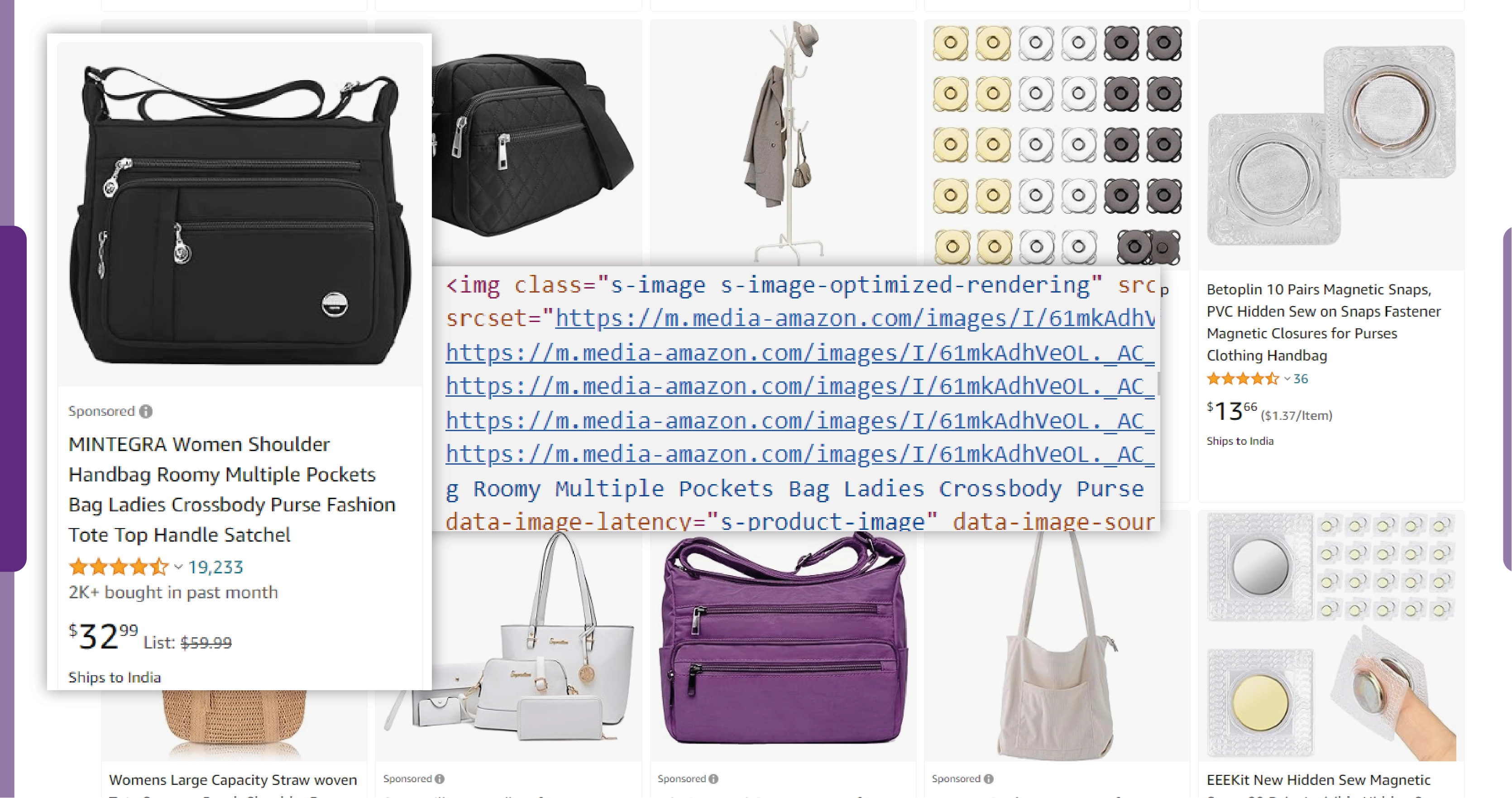
Several tools and technologies can help in scraping ecommerce price monitoring software data:
- Beautiful Soup: A Python library for parsing HTML and XML documents.
- Scrapy: An open-source and collaborative web crawling framework for Python.
- Selenium: A tool for automating web browsers, useful for scraping dynamic content.
- Pandas: A data manipulation and analysis library for Python, useful for storing and analyzing scraped data.
Step-by-Step Guide to Scraping Price Monitoring Data
Identifying Target Websites
Start by identifying which ecommerce platforms and competitors you want to monitor. Look for websites that offer similar products and have significant market influence.
Setting Up a Web Scraper
Here’s a step-by-step guide to setting up a basic web scraper using Python and Beautiful Soup:
Install Necessary Libraries:
pip install requests
pip install beautifulsoup4
Write the Scraper:
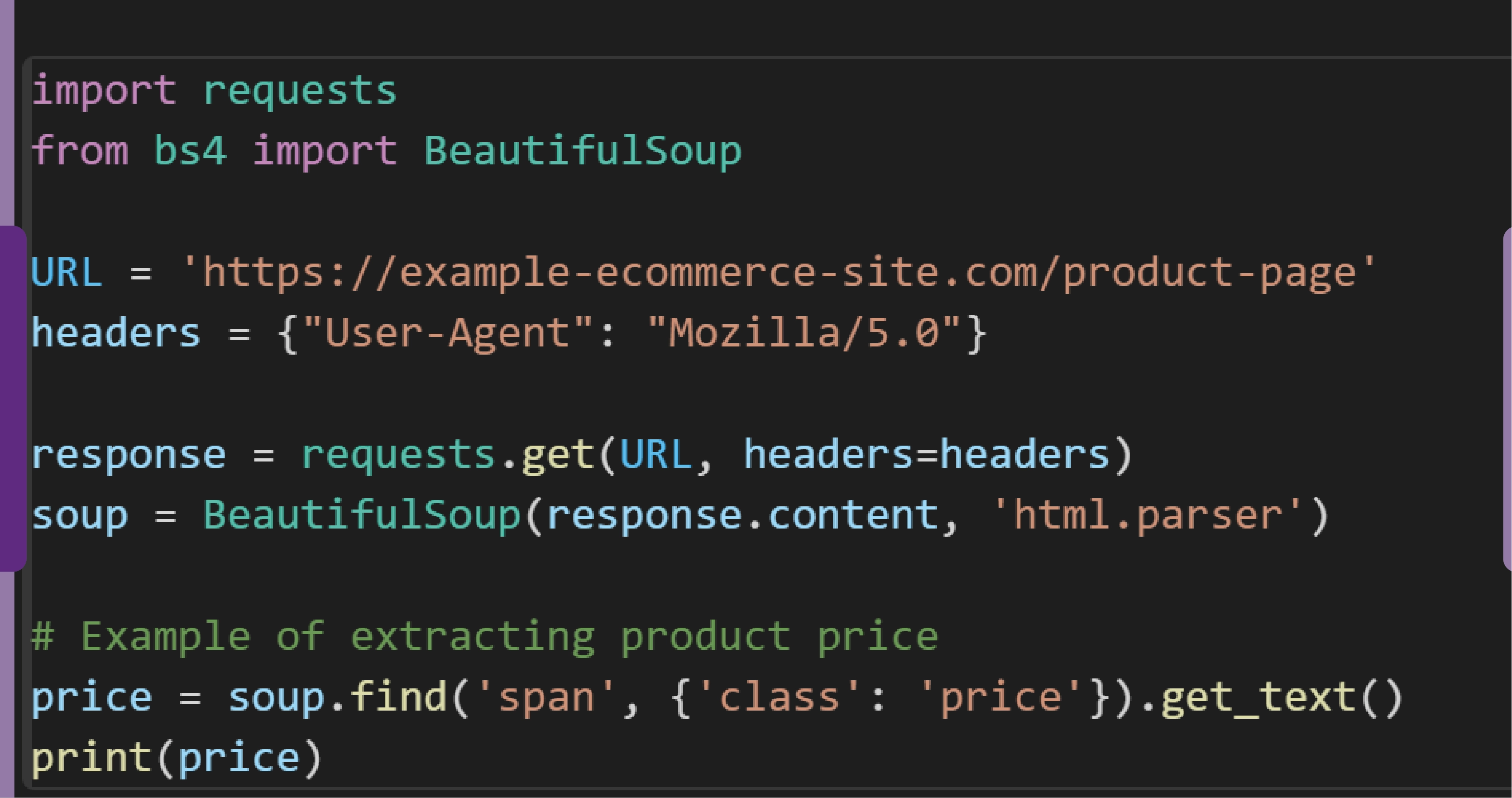
Extracting Data
Once the scraper is set up, you can start extracting the necessary data points, such as:
- Product names
- Prices
- Discounts
- Availability
Here’s an example of extracting multiple products from a page:

Storing and Analyzing Data
Storing the scraped data in a structured format is crucial for analysis. Use Pandas to store data in a DataFrame:
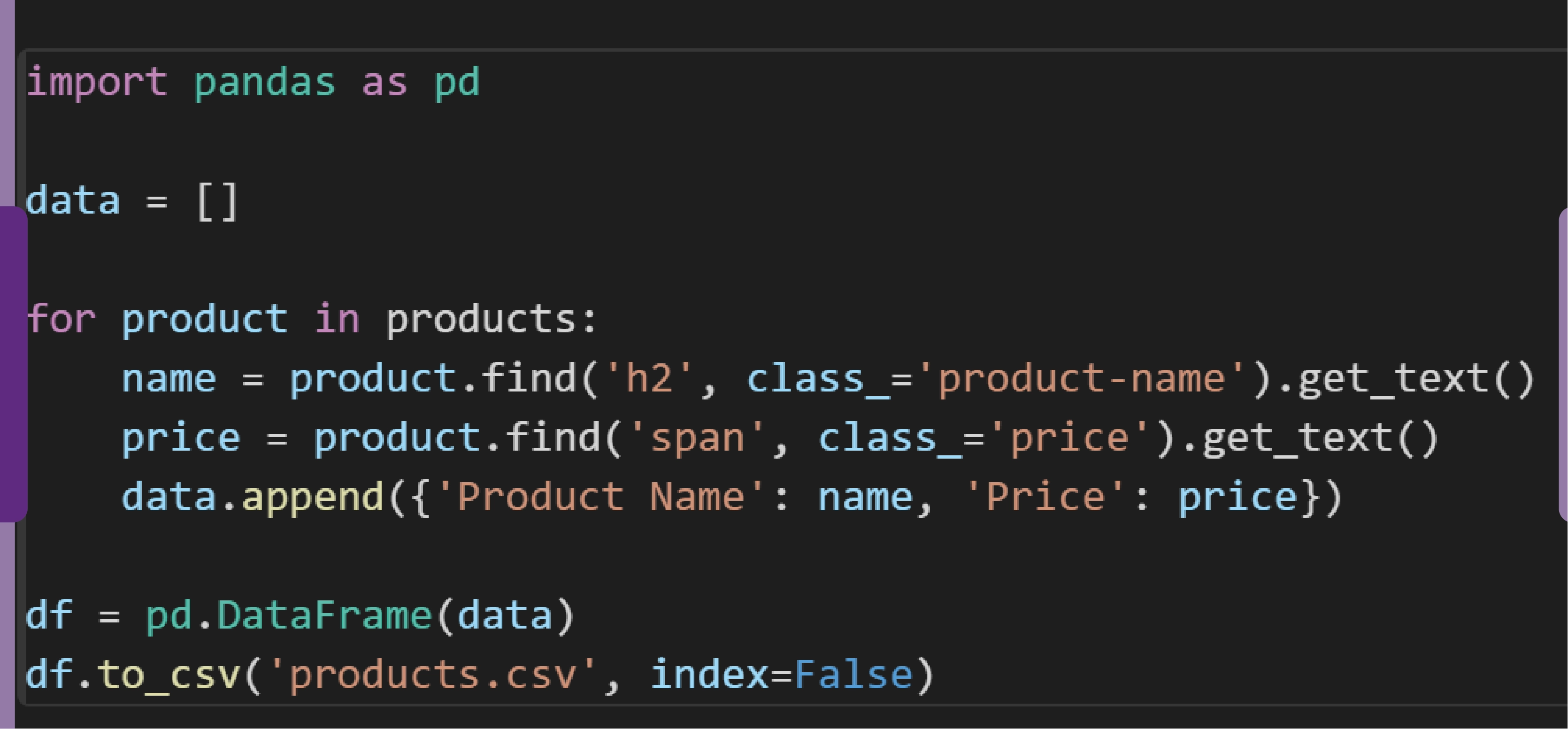
Best Practices for Data Scraping
Respect Robots.txt: Check the website’s robots.txt file to understand the allowed scraping policies.
- Use Rate Limiting: Implement pauses between requests to avoid overloading the server.
- Randomize Requests: Randomize the intervals between requests to mimic human behavior and avoid detection.
- Handle Errors Gracefully: Implement error handling to manage failed requests or data extraction issues.
Challenges and How to Overcome Them
IP Blocking: Websites may block your IP if they detect scraping activity. Use proxies or VPNs to rotate your IP address.
Dynamic Content: Some websites load content dynamically using JavaScript. Use Selenium to handle such cases.
Captcha: Some sites implement Captcha to prevent automated access. Solving Captchas programmatically can be complex and may require third-party services.
Case Studies
Case Study 1: Price Optimization for an Online Retailer
A mid-sized online retailer used data scraping to monitor competitor prices. By dynamically adjusting their prices based on real-time data, they saw a 15% increase in sales over six months. The data also helped them identify and stock popular products, reducing stockouts by 20%.
Case Study 2: Market Trend Analysis for a Fashion Brand
A fashion brand used scraped data to analyze market trends and consumer preferences. They identified a growing trend for sustainable products and adjusted their inventory and marketing strategies accordingly. This resulted in a 10% increase in customer engagement and a 7% increase in revenue.
Conclusion
Leveraging Real Data API can provide retailers with critical insights into competitor pricing, market trends, and consumer behavior. By using the right tools and techniques, retailers can stay competitive and make data-driven decisions to enhance their pricing strategies and overall business performance. Always ensure that your data access and usage are legal and ethical, and use the insights responsibly to drive meaningful outcomes.
Ready to unlock the power of Google Shopping data? Integrate Google Shopping data extraction services from Real Data API today and gain a competitive edge in the market!






.webp)









